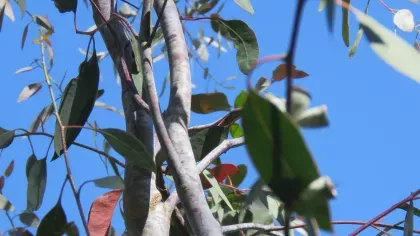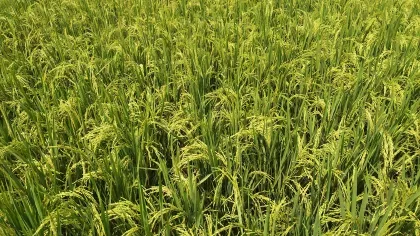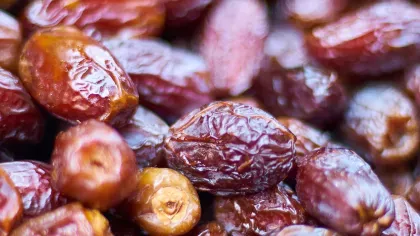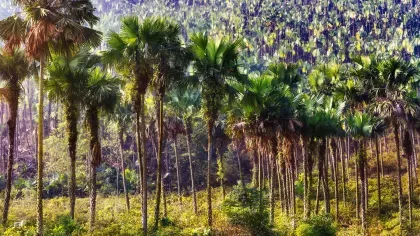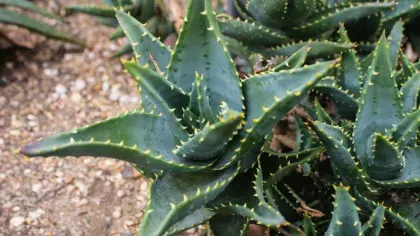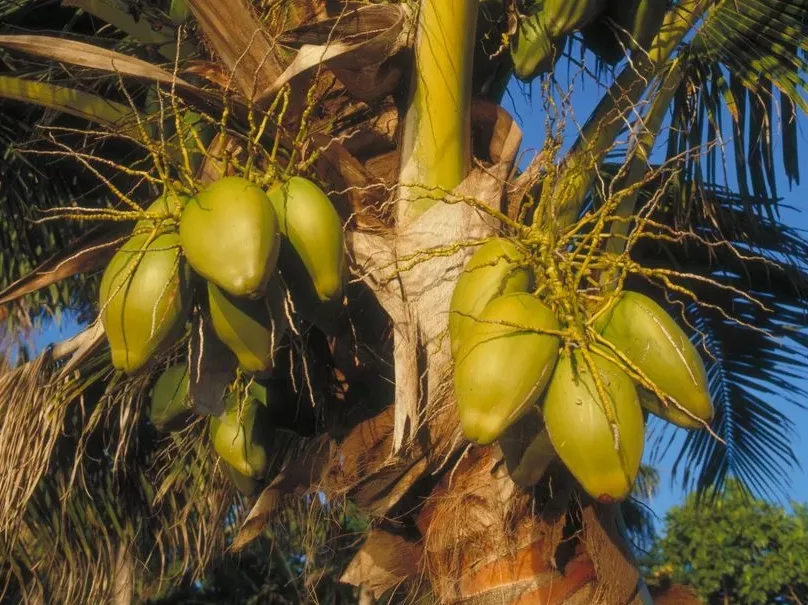
Coconut palm
On this page
Coconuts come from one of the most famous and useful palms in the world, the coconut palm.
An iconic symbol of the tropics, the coconut palm can live up to 100 years in the wild.
This ‘tree of life’ can protect, heal and feed; if you ever find yourself stranded on a desert island, the coconut palm may be all you need.
Plant description
Coconut palm is a tree with a slim and smooth trunk, a crown of leaves, and rounded, green or yellow fruit. Its flowers grow in clusters on a stem; a flowering structure known as an inflorescence. The female flowers are larger than the male flowers, and both are found on the same inflorescence.





Plant uses
Beauty and cosmetics
Coconut oil and milk are often found in soaps, body lotions, hair oils and cosmetics as they are very moisturising for the hair and skin.
Cultural
In India, the coconut forms the basis of some Hindu rituals. It is commonly offered to a Hindu god or goddess during worship, and at Hindu weddings, coconut flowers are often on display as symbols of success.
Lakshmi, the Hindu goddess of well-being and wealth is often portrayed holding a coconut.
During Narali Purnima, which marks the end of the monsoon season in India, fishermen give coconuts as offerings to the sea to celebrate the beginning of the new fishing season.
Food and drink
The inner flesh of the coconut fruit, as well as the oil and milk that can be extracted from it, are a staple part of many people’s diets in the tropics and subtropics.
Coconut oil is commonly used in cooking, especially frying.
Coconut fruits also contain a clear liquid called coconut water which can be drunk fresh or used in cooking.
Health
The coconut is used in traditional medicines in Cambodia. When the coconut shell is separated from the husk and heated, it releases an oily substance that is used to soothe dental pains. The roots are also used as a treatment for dysentery.
Materials and fuels
The leaves of the coconut palm are woven to make baskets and mats and are sometimes used in roofing.
Coconut palm wood is used to build bridges and huts.
The fibre from the husk is used in ropes, mats, doormats, brooms and sacks, and the coconut shells are sometimes used as bowls. Both the husks and shells can be used as fuel.
In Colombia, coconut fruits are used to make glasses, vases, ashtrays, bracelets, belts, ornaments, busts, pencil holders, necklaces, and toys, whilst the leaves are used to make baskets and hats.
Did you know?
Botanically speaking, the coconut fruit is a drupe (a fleshy fruit with a hard stone containing the seed), and not a true nut.
The name coconut comes from the old Portuguese and Spanish word ‘coco’ which means head or skull - the three grooves on the coconut shell are thought to resemble facial features.
There are many cultivated varieties (cultivars) of coconut palm: some dwarf varieties and some tall varieties which bear different types of coconuts.
Where in the world?
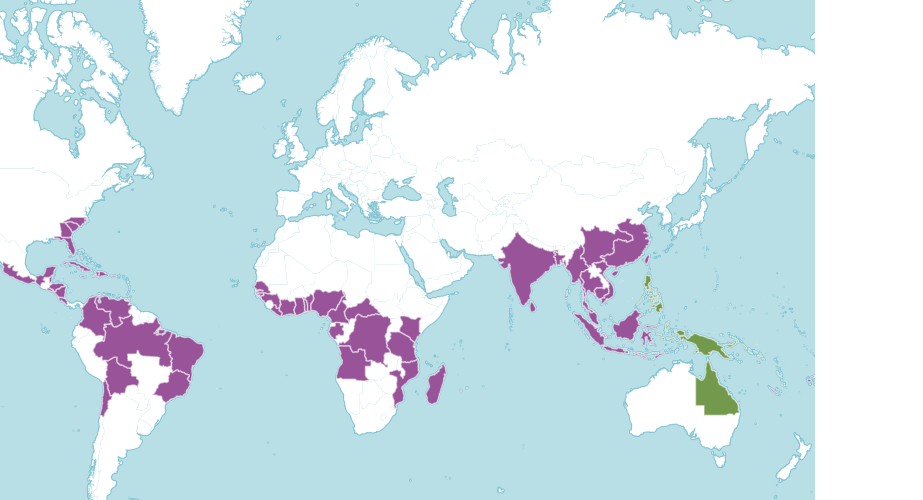
Coastal lowlands of the tropics. Grows best in warm, humid areas on sandy soils with plenty of sunlight and regular rainfalls.
Find it in our gardens
Kew Gardens
A botanic garden in southwest London with the world’s most diverse living plant collection.
Location
Behind the scenes in the Jodrell Glasshouse.
View map of Kew Gardens